A glucose urine test can be performed to check levels of glucose in the urine. Any result over 0 to 0.8 mmol/L (millimoles per liter) in the urine is a sign that the level of blood sugar in the blood is high, too. Elevated urine glucose levels can point to medical problems such as prediabetes or diabetes, but also renal glycosuria, a kidney problem.
What is Glucosuria?
Glucosuria or glycosuria is term used to describe the presence of glucose in the urine. The nephrons in the kidneys normally reabsorb glucose from the primary urine back into the bloodstream. If high glucose levels in the blood remain untreated (as in diabetes mellitus), then glucose can be found in urine. Other conditions that cause the presence of glucose in the urine are renal glycosuria and even and excessive consumption of carbohydrates (sweets and soft drinks).

What is the Function of Glucose?
In the body, carbohydrates are converted (broken down) into glucose, which then serves as provider of energy for various metabolic processes in the body. The level of glucose that are present in the blood is regulated by the hormone insulin. If glucose levels in the blood become high and excessive, the pancreas secretes insulin and lowers the level of glucose in the blood by initiating its conversion to a form more suited for prolonged storage (like conversion to fat).
What Should You Know About Glucose Levels?
Your blood sugar levels normally oscillate (change) throughout the day, typically being low in the early morning and rising after every meal.
Any glucose level between 70 and 150 mg per liter of blood is fine. There should be no glucose in urine, or extremely low amounts. If there is too much of glucose in the blood, then the kidneys can not reabsorb it all and some glucose will end up in urine. How much is too much is determined by the value known as renal threshold of glucose or RTG. If your RTG is low then you may have some glucose in the urine even if your blood sugar is within normal levels.
- From 2010 to 2013, a total of 707,238 schoolchildren (66.4%; 313,911 elementary school students, 195,430 middle school students, and 197,897 high school students) from a school population of 1,064,999 were screened for glucosuria.
- Nine-hundred twenty-seven children (0.131%) were found to exhibit glucosuria on the first urine test. Of these, 919 children (99.2%) underwent a second urine test, and 545 (0.077%) exhibited glucosuria.
- The positive rate of glucosuria was higher among middle and high school students than among elementary students (0.083%, 0.143%, and 0.031%, respectively). In addition, the glucosuria prevalence was higher among girls than among boys (0.087% vs. 0.068%).
How to Determine If There is Glucose in the Urine?
The so-called "spot test" is used to determine if there is glucose present in the urine. It is based on reaction of chemicals found in the pad on the dipstick used for the test. The pad is colored, and the chemicals in it, when they react with glucose, will make it to change color. This means that, if there is glucose in the urine, the color changes while, if there is no glucose in the urine, the color of the pad remains unchanged. The shade and color of the pad show the concentration of glucose in urine, when compared to a reference color chart. There are other tests, mostly based on the same principle.
Urine glucose tests are used less frequent nowadays, as blood glucose tests have become more reliable. However, your doctor may suggest such a test if you have symptoms pointing to diabetes or kidney problems in some cases. Sometimes, such a test may be ordered if your doctor suspects you have a urinary tract infection, as well.
If you are asked to undergo a urine glucose test, ask your doctor how you should prepare for it. This may involve refraining from taking supplements or over the counter medications, as they may affect the test results, but do not stop taking prescription medications unless your doctor asks you to and says it is safe.


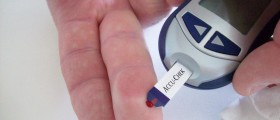

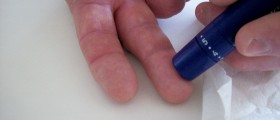

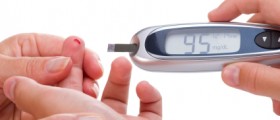
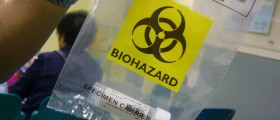

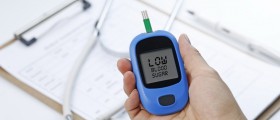
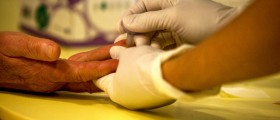






Your thoughts on this
Loading...